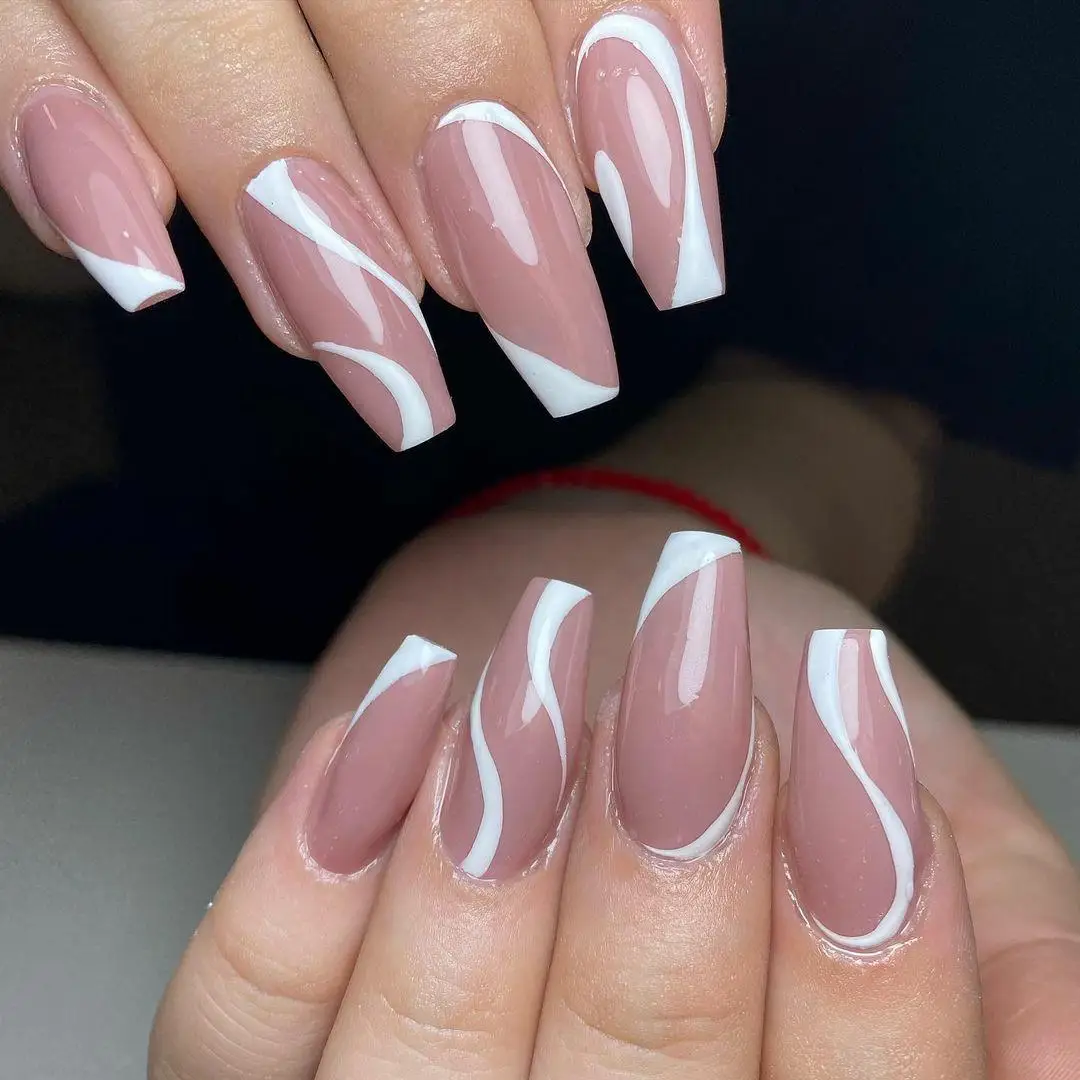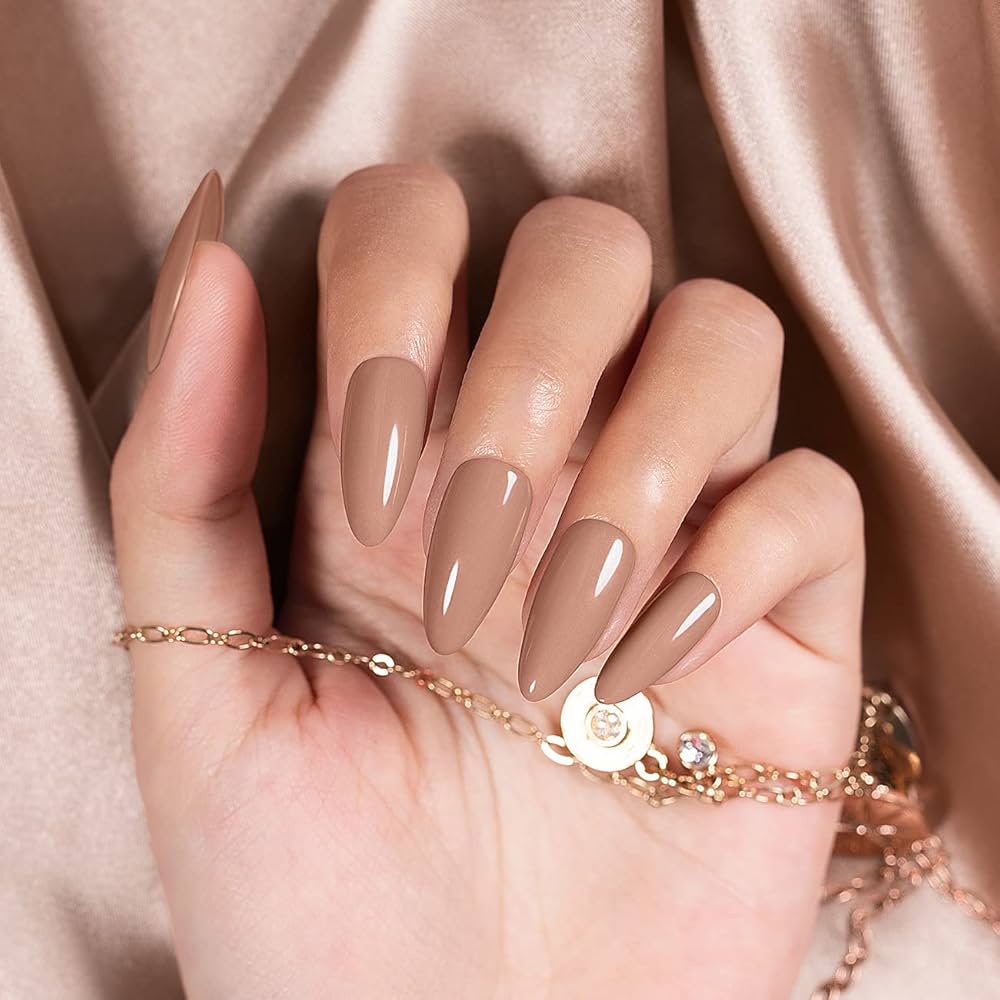
Hard Gel Nails vs Acrylic: Which Lasts Longer?
Hard Gel Nails vs. Acrylic: Which is Right for You?
Nail enhancements have become increasingly popular. Among the most sought-after options are hard gel nails and acrylics. Both offer durability and beauty. However, their application processes, benefits, and drawbacks differ significantly. Hard gel nails vs acrylic:Choosing between hard gel nails and acrylics can be challenging. Understanding these distinctions can help in making the best choice for individual needs.
When it comes to achieving stunning nails that stand out, two popular options reign supreme: hard gel nails and acrylic nails. Both methods have their unique appeal, offering the ability to enhance the length and beauty of your natural nails, but they cater to different preferences and lifestyles. Whether you’re a nail art enthusiast or someone looking for a low-maintenance solution, understanding the differences between hard gel and acrylic nails is essential to making an informed decision.
Hard gel nails are a favorite for those seeking a lightweight and flexible option. Unlike acrylics, hard gels are formulated with a more natural finish, allowing for a glossy shine without the need for additional topcoats. The application process is also quite distinct, involving a gentle curing under UV or LED lights, resulting in a durable yet pliable finish that allows for ease of use and creativity.

Understanding Hard Gel Nails
Hard gel nails consist of a gel-based formula. This formula hardens under UV or LED light. As a result, hard gels provide a sturdy and flexible finish. Additionally, they adhere exceptionally well to natural nails. This type of nail enhancement is a fantastic option for those wanting a natural look.
Another significant advantage of hard gel nails is their lightweight nature. Users often report feeling less weight on their fingers compared to acrylics. Moreover, they tend to have a more natural shine. This eliminates the need for additional polish in many cases. Hard gel nails also allow for easy infills. Technicians can fill in regrowth seamlessly.
However, not everything is perfect. Hard gel nails can be more challenging to remove. Incorrect removal methods can damage the natural nail. Therefore, it is vital to seek professional help. Additionally, hard gels can be more expensive than acrylics. The application process often takes longer, which can also influence costs. Therefore, budget considerations are essential when choosing.
Lastly, hard gel nails may be less suitable for individuals with active lifestyles. Those who frequently engage in manual work might find them less durable. Although hard gels are durable, they are not invincible. Understanding one’s lifestyle is crucial when making this decision.
Exploring Acrylic Nails
Acrylic nails have been around for decades. This nail enhancement involves a mixture of liquid monomer and powder polymer. Once combined, the mixture hardens when applied to the nail. Acrylics provide a robust and durable option for those needing long-lasting nails.
One appealing aspect of acrylic nails is their versatility. They allow for a wide range of designs and shapes. Customization options are nearly limitless. Nail technicians can create stunning art easily, which attracts many clients. Additionally, acrylics often take less time to apply than hard gels. This can be a significant factor for busy individuals.
Acrylic nails are comparatively easier to remove as well. Professionals can soak them off quickly, reducing the risk of damage to natural nails. This convenience makes them a popular option for many users. Moreover, acrylics can help in achieving nail lengths that are hard to attain naturally. This characteristic appeals to those seeking a dramatic change.
However, acrylics also have their downsides. They can be heavier and feel bulkier compared to hard gel nails. This may not be comfortable for everyone. Furthermore, acrylic nails require more rigorous aftercare. Users must be mindful not to expose them to excessive water or chemicals. This requirement can be challenging for individuals with a busy lifestyle.

Comparing Durability and Longevity
When considering nail enhancements, durability is paramount. Hard gel nails tend to be more flexible and resilient. This flexibility helps in reducing the chance of breakage. Typically, hard gels can last up to three weeks with proper care.
On the other hand, acrylic nails may last longer in some cases. They can endure more stress and strain due to their rigid nature. Anecdotally, many users report acrylics lasting four to six weeks. The longevity of both nail types ultimately depends on individual habits and care.
Weather conditions can also influence how long nails last. For example, excessive humidity may weaken the adhesive bond in acrylics. This condition can lead to lifting or peeling, requiring touch-ups sooner than expected. Hard gel nails, however, generally withstand various environmental factors better. This quality makes them appealing in hotter climates.
Maintenance schedules differ for both types. Regular fills for acrylics might be needed more frequently when compared to hard gels. This is important to consider when choosing the best option. Thus, users should prioritize their lifestyles and preferences. A person with a demanding schedule might prefer hard gels due to their longer-lasting nature.
Application Processes: What to Expect
The application processes for hard gel nails and acrylics are different. Starting with hard gels, the nail technician begins by preparing the natural nail. This preparation includes filing and buffing the surface for better adhesion. Once ready, a base coat is applied and cured under a UV or LED lamp.
After the base coat hardens, layers of gel are applied. Each layer must be cured to achieve the desired thickness and strength. This particular process allows the technician to create custom shapes and designs. The final touches usually involve adding a topcoat for shine, also cured under light.
Conversely, the acrylic application process differs significantly. It begins similarly with nail preparation. However, instead of curing, the acrylic mixture is applied directly to the nail. The technician shapes the acrylic while it is still malleable. This allows for immediate adjustments to the nail’s design.
Another difference lies in the drying time. Acrylic nails dry quickly due to the chemical reaction between monomer and polymer. In contrast, hard gels require exposure to UV or LED light. Therefore, the entire process can take longer. Clients should factor this into their schedules when choosing between the two.

Cost Considerations
Cost is a vital aspect to evaluate when deciding on nail enhancements. Hard gel nails generally come with a higher price tag. This cost can be attributed to the products used and the time required for application. Additionally, the expertise of the technician can influence the price.
Acrylic nails, while still an investment, tend to be more affordable in most salons. The quicker application process helps keep prices lower. For example, some salons offer promotional deals and packages tailored for acrylics. This accessibility can appeal to a broader range of customers.
However, it is important to consider the long-term costs. Hard gel nails may last longer, potentially reducing the frequency of salons visits. This can lead to savings over time, making them worth the investment for some clients. Acrylic products require fills more frequently, which can accumulate costs quickly.
Additionally, aftercare products are essential for both options. Invest in high-quality nail care items for maintaining the health of nails. Remember, the health of natural nails is paramount, regardless of the type of enhancement chosen. Comparing initial costs and long-term maintenance is vital for making an informed decision.
Aftercare: Maintaining Your Nails
Aftercare for both hard gel nails and acrylics is of utmost importance. Proper care ensures longevity and maintains aesthetics. For hard gel nails, users should avoid excessive exposure to water. Wear gloves when performing household chores to prevent damage.
Hydration is equally vital. Applying cuticle oil regularly helps nourish the nail bed. A well-moisturized nail will look healthier and last longer. Additionally, be gentle when performing activities that involve gripping or pulling, as this can stress the nails.
Acrylic nails require similar attention. Users should limit contact with harsh chemicals. Products like bleach and cleaning agents can weaken the acrylic material. It’s essential to dry hands thoroughly after washing to prevent moisture buildup.
Regular visits to a nail professional are recommended. Fill appointments can keep acrylics looking fresh and prevent lifting. For those with hard gels, periodic checks ensure the nails remain in good condition. Neglecting necessary touch-ups can lead to a decline in appearance and durability.

Making the Right Choice for You
Ultimately, the decision between hard gel nails and acrylics comes down to personal preference. Each option has unique benefits that cater to different lifestyles.
Individuals who prioritize a natural look and lightweight feel may prefer hard gels. This choice is especially true for those who opt for subtle elegance.
On the other hand, acrylics are ideal for those who love bold designs and vibrant colors. The flexibility in customization allows for unique expressions of style. Additionally, with their robust durability, acrylics can accommodate varied activities.
Users should also consider their budget and time constraints. Hard gels might require a higher initial investment but can offer longer-lasting wear. However, for those seeking affordability and quicker application, acrylics may be more advantageous.
In conclusion, understanding the characteristics and differences between hard gel nails and acrylic nails is crucial. Evaluating personal needs will lead to the best decision in the long run.
Making an informed choice will enhance the nail experience, leading to beautiful, healthy nails for all.

